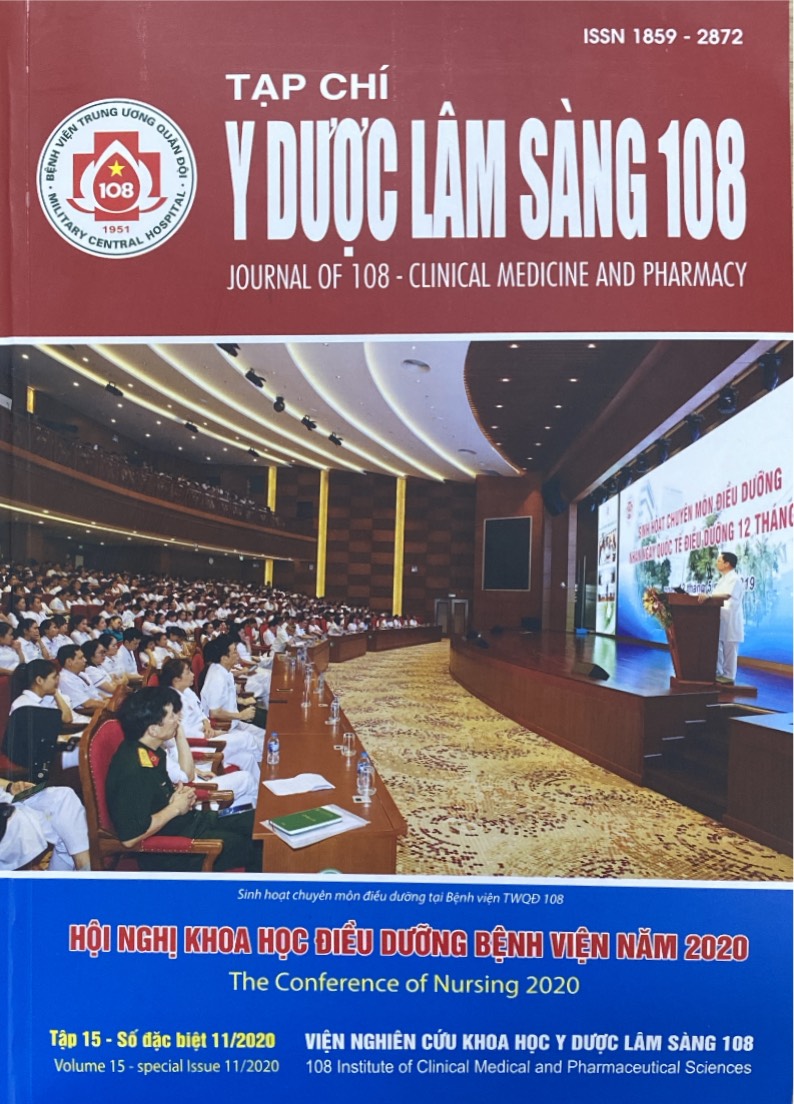The effectiveness of hydrophilic gel (Healit) in supporting skin care in shingles patients
Main Article Content
Keywords
Abstract
Objective: To evaluate the effectiveness of hydrophilic gel (Healit) in supporting skin care in shingles patients. Subject and method: 60 shingles patients divided randomly into 2 groups, with gender similarity, age and severity of the disease, each group of 30 patients, patients of both groups were treated with acyclovir, analgesic, antihistamines, vitamin 3B, topical yarish solution. The patients in the study group were treated with healit cream after applying yarish. Result: After 20 days of treatment, in the study group, 56.67% of patients had a fairly effective result, while in the control group, 60.0% of patients achieving average efficiency, none of the patients in the study group had any undesirable effects. Conclusion: Hydrophilic gel (Healit) is effective in early desquamation for shingles patients.
Article Details
References
2. Đặng Văn Em, Ngô Xuân Nguyệt (2005) Nghiên cứu một số tình hình và đặc điểm lâm sàng bệnh zona điều trị nội trú tại Khoa Da liễu, Bệnh viện Trung ương Quân đội 108. Tạp chí Y học thực hành số 3, tr. 27-29.
3. Dworkin RH et al (2008) Diagnosis and assessment of pain associated with herpesZoster and postherpetic neuralgia. The Journal of Pain 9(1): 37-44.
4. Johnson RK, Whitton TL (2004) Management of herpes zoster (Shingles) and postherpeutic neuralgia. Expert opin. Pharmacother 5(3): 551-559.
5. Broussard KC, Powers JG (2013) Wound dressings: Selecting the most appropriate type. Am J Clin Dermatol 14: 449-459.
6. Sen-Britain S, Hicks WL, Hard R et al (2018) Differential orientation and conformation of surface-bound keratinocyte growth factor on (hydroxyethyl) methacrylate, (hydroxyethyl) methacrylate/methyl methacrylate, and (hydroxyethyl) methacrylate/methacrylic acid hydrogel copolymers. Biointerphases 13(6).
7. EL Hosary R, El-Mancy SMS, El Deeb KS et al (2019) Efficient wound healing composite hydrogel using Egyptian Avena sativa L. polysaccharide containing β-glucan. International Journal of Biological Macromolecules.
8. Ghaee A, Karimi M, Lotfi-Sarvestani M et al (2019) Preparation of hydrophilic polycaprolactone/modified ZIF-8 nanofibers as a wound dressing using hydrophilic surface modifying macromolecules. Mater Sci Eng C Mater Biol Appl 103.
 ISSN: 1859 - 2872
ISSN: 1859 - 2872
